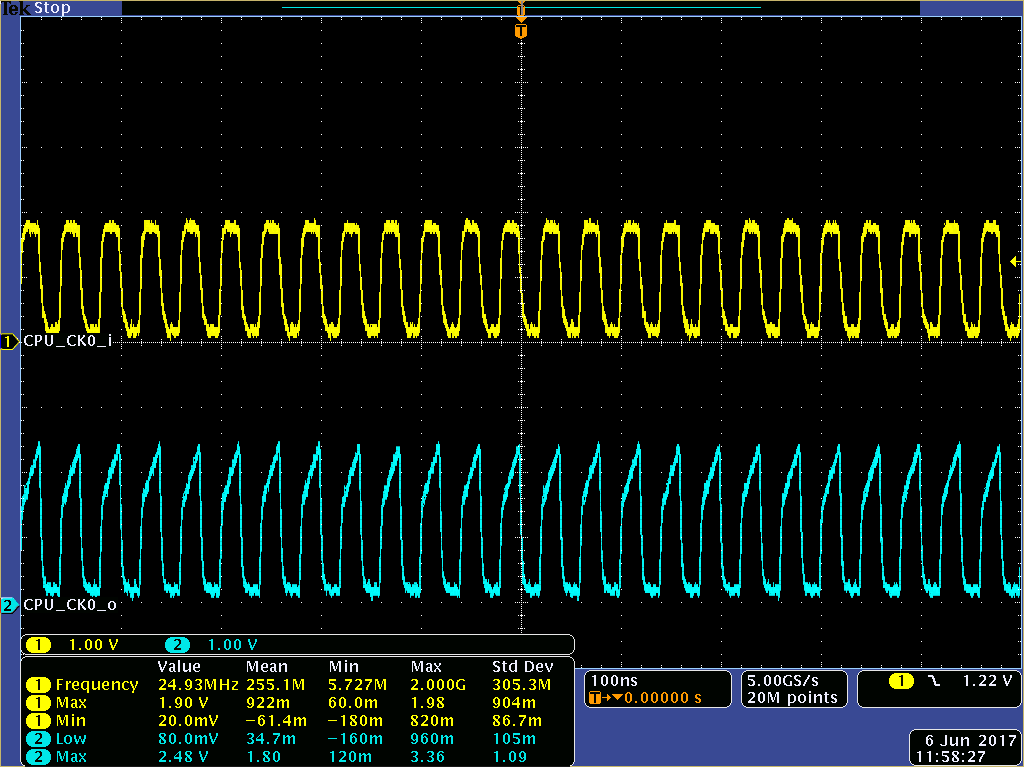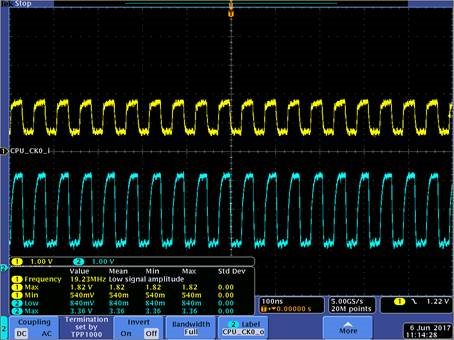Other Parts Discussed in Thread: TXB0108, TXS0108E
Hi,
Customer is using LSF0108 for LPC applicationn from 1.8V (SOC side) to 3.3V (LPC device side.) LPC is push-pull at SOC side, and open-drain at device side.
The requirement at LPC device side is as below.
- VIH =2V Min.
- VIL =0.8V Max
Now the customer schematics is shown as below. Do they need to have pull-up resistor at both sides? Is there any better suggestion regarding how to reach higher level of "output high voltage" and lower level of "output low voltage"? Besdies, is TXB0108 or any other chip a better option?
Thanks!
Antony





